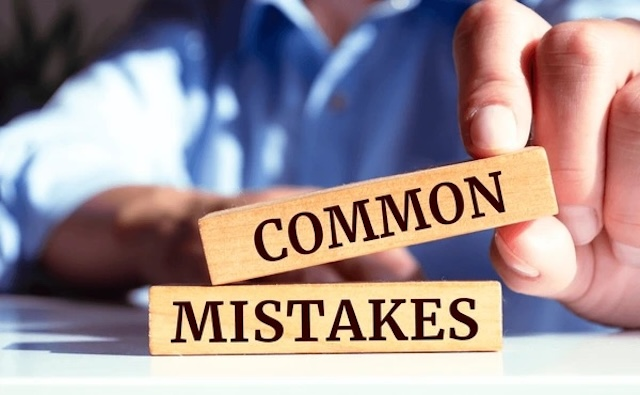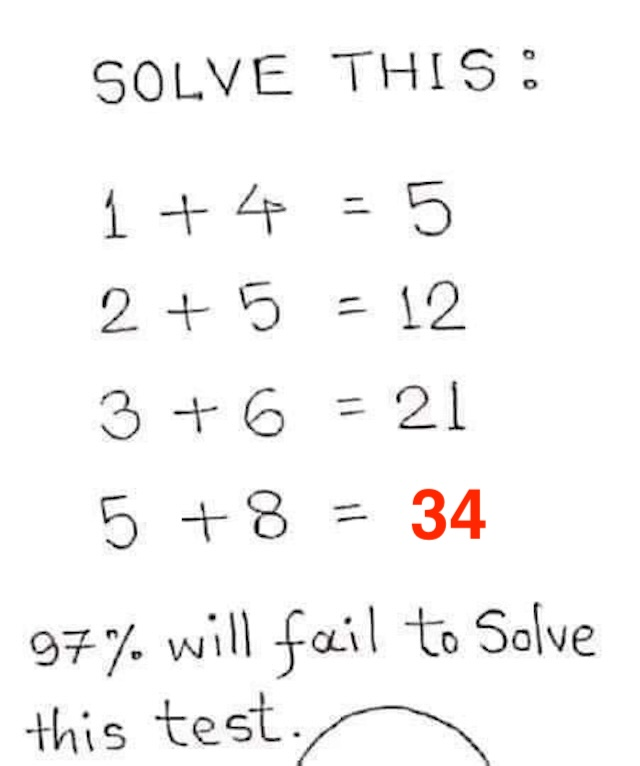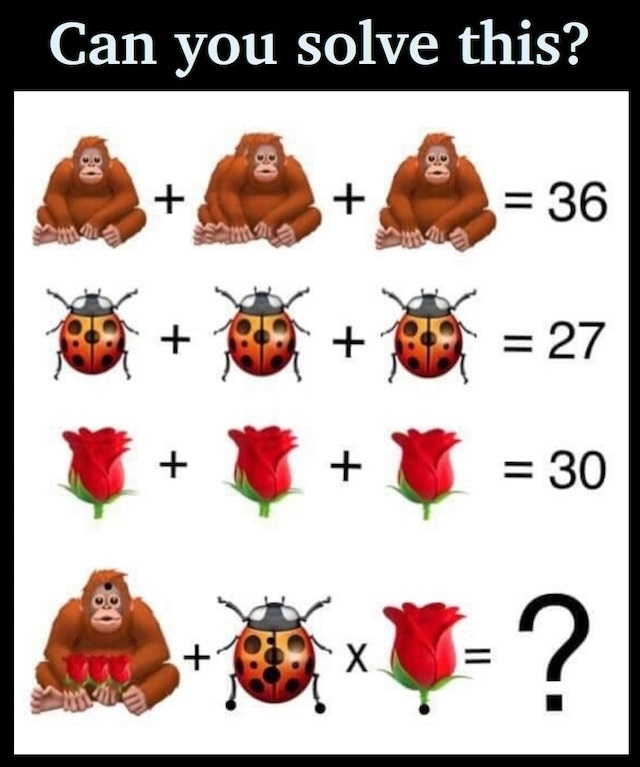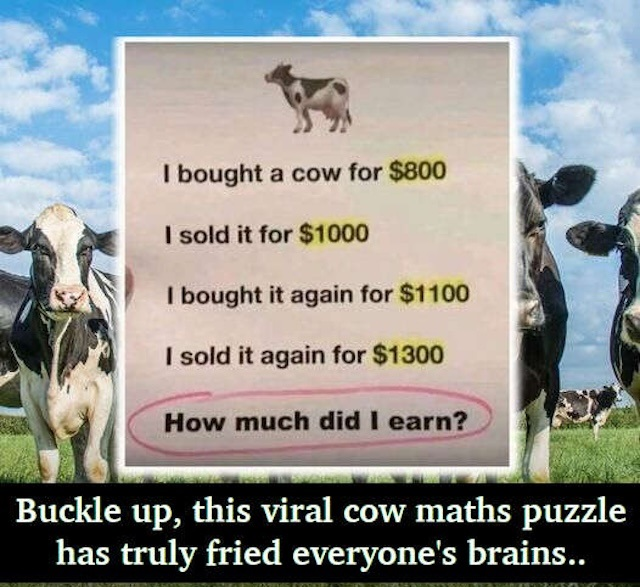Crack the Code: Can You Solve This Mind-Bending Riddle?
Riddles are captivating in their simplicity yet perplexing in their complexity. They lure us in with a question that appears straightforward, only to twist our minds as we try to solve them. The riddle we’re about to tackle falls squarely into this category. What at first seems like an easy arithmetic problem soon reveals itself to be more than meets the eye. It’s a puzzle designed to test your logical thinking, so let’s see if you can crack the code and find the hidden solution!

Why This Riddle Stumps So Many People
At first glance, this riddle might seem like a simple math problem, where you just add the numbers and move on. However, the real challenge lies in the hidden pattern behind the equations. Many people attempt to solve it by applying standard arithmetic rules, which is where they go wrong. The secret to solving this riddle is recognizing that it’s not just about adding numbers—there’s a more intricate pattern at play that requires deeper observation and logic. As you will see, it’s essential to step back from what you know about math and look for clues that go beyond simple calculations.

Step-by-Step Breakdown of the Riddle
Now, let’s take a closer look at the sequence of equations provided in the riddle and break them down step by step:
The First Equation: 1 + 4 = 5
On the surface, this looks like a simple math problem. 1 + 4 clearly equals 5. But this equation is merely setting up the stage for the pattern that follows. The number 5 is not the final answer; rather, it plays a crucial role in the next step. The riddle’s trick lies in how the result of each equation feeds into the next one.
The Second Equation: 2 + 5 = 12
Now, the puzzle takes an unexpected turn. If you simply add 2 and 5, you get 7. However, that’s not the answer here. Instead, you need to add the result of the previous equation (which was 5) to the sum of 2 and 5 (which is 7). So, 7 + 5 equals 12. This additional step is what makes the riddle tricky: it’s not about basic addition, but about building on the previous result.
The Third Equation: 3 + 6 = 21
Continuing the pattern, you add 3 and 6, which gives 9. But once again, you must add the result of the previous equation (12). So, 9 + 12 equals 21. The key to solving the puzzle is realizing that each equation is dependent on the result of the previous one, creating a cascading effect that challenges your assumptions.
The Final Equation: 5 + 8 = ?
This is the moment of truth. By this point, you should have noticed the growing pattern. Adding 5 and 8 gives 13, but that’s not the end of the story. You must add the result of the previous equation (21), making the final sum 13 + 21 equals 34. The answer to this equation, and the final solution to the riddle, is 34.
The Final Answer: 34
If you followed the pattern and added the results correctly, the final answer to the equation 5 + 8 is 34. The riddle, though seemingly simple, challenges your ability to look beyond basic arithmetic and think more creatively. By following the pattern and adding the results of the previous equations, you arrive at the correct answer. Did you manage to crack the code on your own, or did you need a little help? Don’t worry if you didn’t get it right away—these puzzles are meant to challenge and develop your problem-solving skills.

Why Puzzles Like This Matter
Riddles and puzzles like this one do more than just provide entertainment—they are excellent tools for sharpening your mind. By pushing you to think critically and recognize hidden patterns, puzzles help develop cognitive flexibility. This is the ability to switch between different concepts, think creatively, and solve problems in new and unique ways. These skills are not only useful in puzzles but in everyday life and professional settings as well. The more you practice solving these types of problems, the better you become at thinking critically and logically, which helps you approach challenges with a fresh perspective.
Conclusion
This riddle may have seemed simple at first, but it’s a perfect example of how complex problems can often be hidden in plain sight. Solving it required patience, logical thinking, and the ability to see beyond basic arithmetic. The process of identifying the pattern and following it step by step is a great exercise for your brain. So, the next time you encounter a tricky problem, remember that sometimes the answer isn’t as straightforward as it seems. Keep challenging yourself, keep thinking creatively, and keep solving puzzles—it’s a great way to stay sharp!
Share this content:









Post Comment